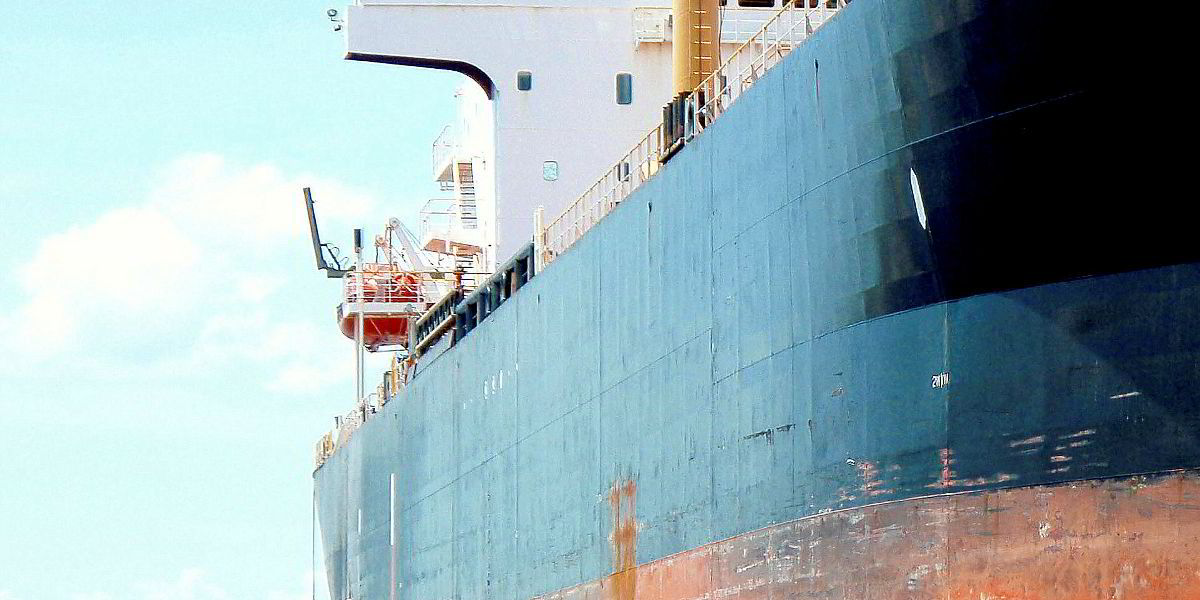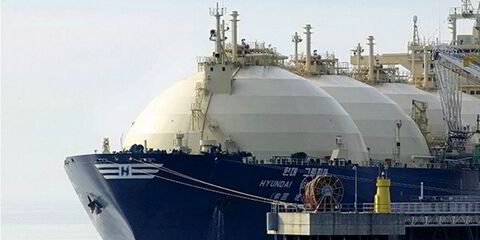Optimarin has claimed to be the first company to launch digital tools to capture and analyse data that can help ship operators be compliant with international ballast water regulations.
The technology firm, which has taken 1,200 orders for its ballast water treatment systems (BWTS), will offer a cloud-based tool and app to provide automated monitoring and data generation on the systems.

The new product comes ahead of the final 2024 deadline for the International Maritime Organization rules requiring BWTS installation on ships.
Called OptiLink, the system has been tested on the Utkilen-operated, 15,990-dwt chemical tanker Latana (built 2000).
“Ballast water treatment changes from a manual operation to a system approach where the BWTS and its operations become an integral part of the vessel's functions,” said Leiv Kallestad, Optimarin's recently appointed chief executive for the digital system.
“We believe the system is the first in the industry that allows us to capture the data from the ballast water treatment system and process it for analytical purposes.”
With the upcoming IMO deadline Kallestad said manual systems risk owners and operators not gathering sufficient data to show ballast water is in compliance and vessels being delayed as flag states toughen their checks.
“Installing a type-approved ballast treatment system is not the same as being compliant,” said Optimarin vice president of technology Kim Stian Haugland.
“Many ports have challenging water qualities around the globe and this challenge will be on the (IMO’s) Marine Environment Protection Committee meeting agenda this month.” River sediment can substantially affect water quality.
Haugland said trials on the Latana had shown that Emden was a port where owners would struggle with quality and the ship left the German port with non-compliant water. The tanker was able to solve the issue by making three water exchanges before arriving at its next destination in West Norway. Chinese ports also have major problems with water quality.
Utkilen has fitted the OptiLink system to a second vessel, the 17,031-dwt Xanthia (built 2003), and has ordered five units in total ahead of the sales launch, Optimarin said.
OptiLink can be fitted in one day and comprises a small data box linked to the existing sensors in ballast systems with a Siemens internet gateway to communicate data securely. No data was lost in the Latana tests, the Norwegian BWTS maker said.
Tore Andersen, executive vice president sales and marketing, said Optimarin could offer financial packages to fit the new system that suited operators, and that it could be connected to competing BWTS from rival makers. Data gathered would remain the property of the ship owner.
Data can be transmitted directly to statutory authorities, which can then provide guidance on corrective action, such as obtaining a certificate of compliance when there is contamination. With certificates then electronically communicated to port authorities, turnaround times should be shortened as laboratory testing and on-board inspection could be eliminated.





